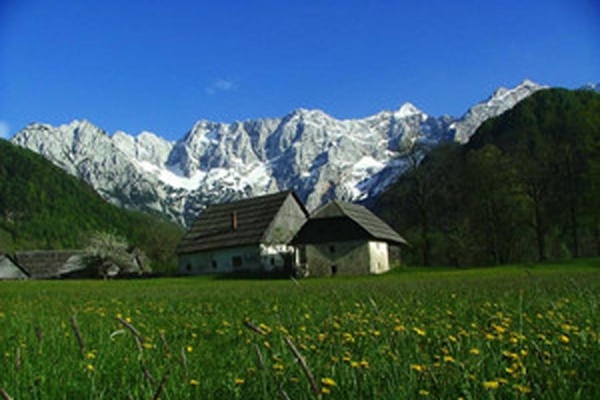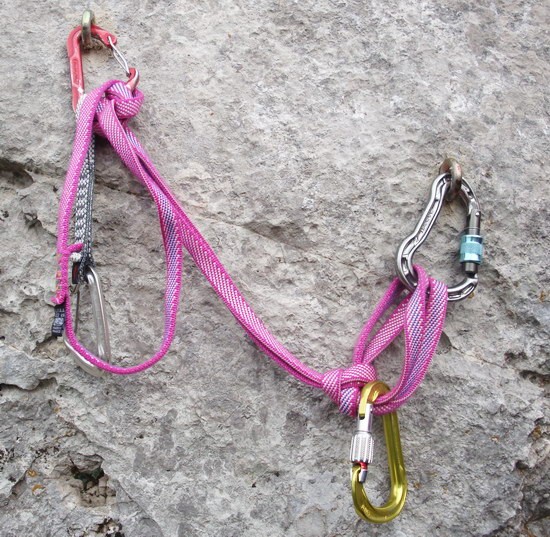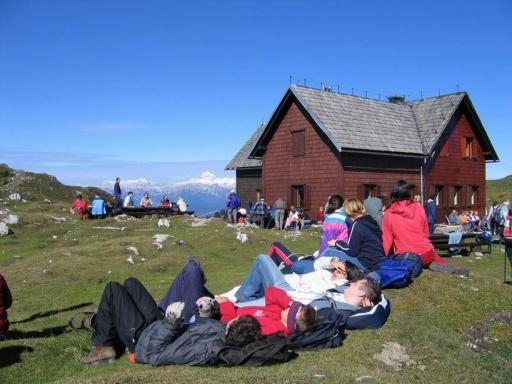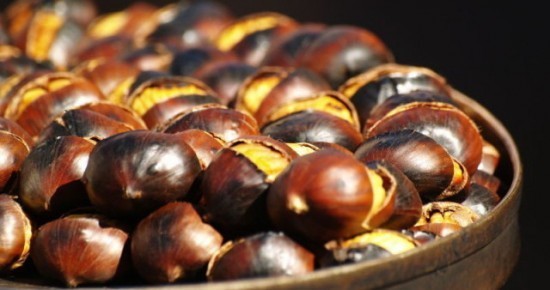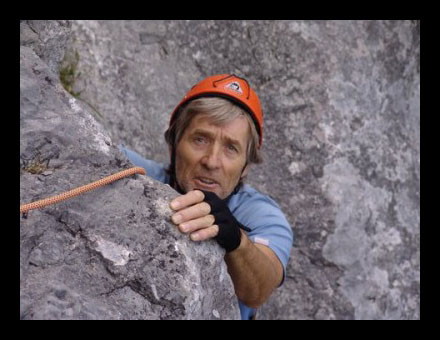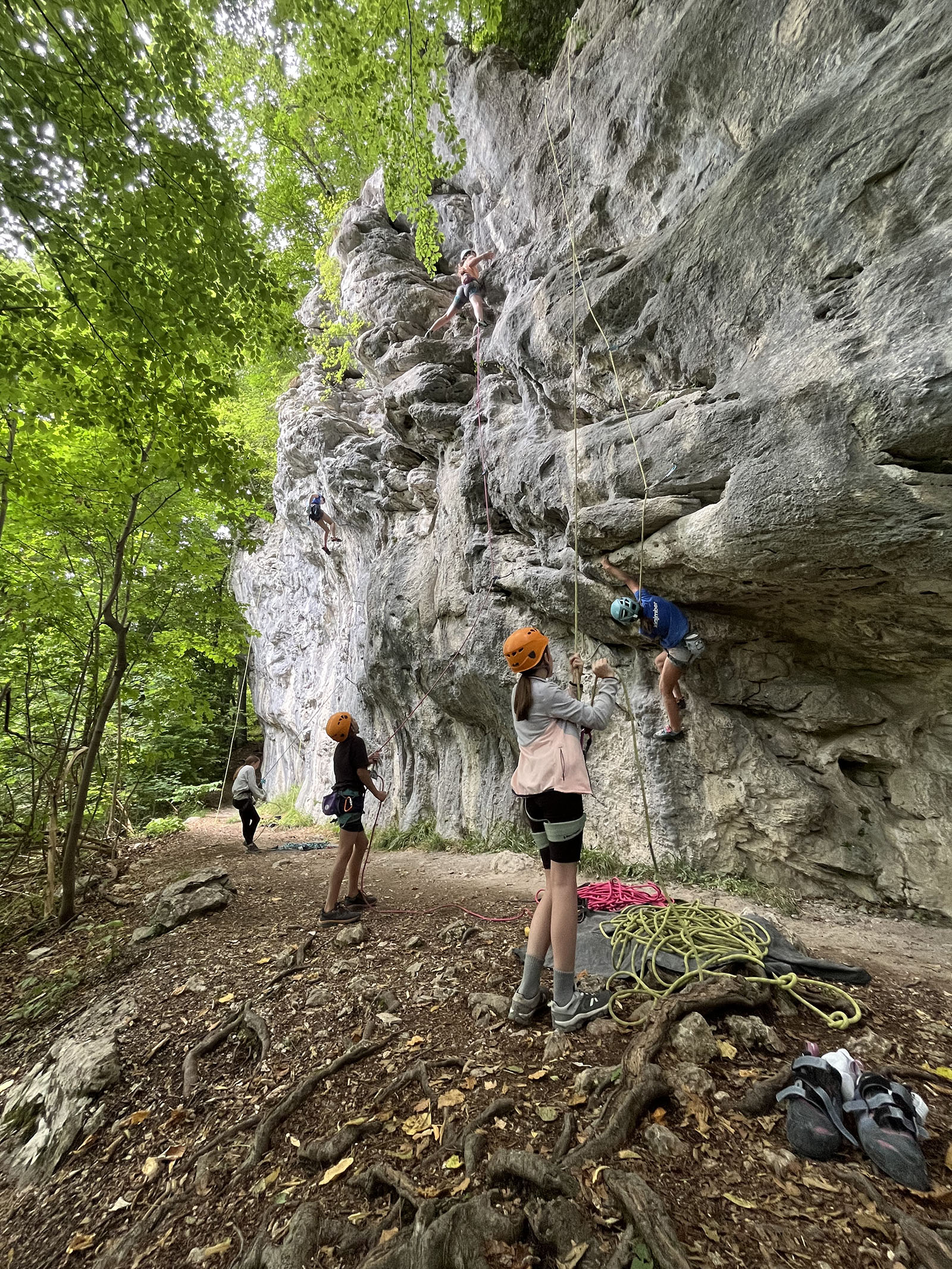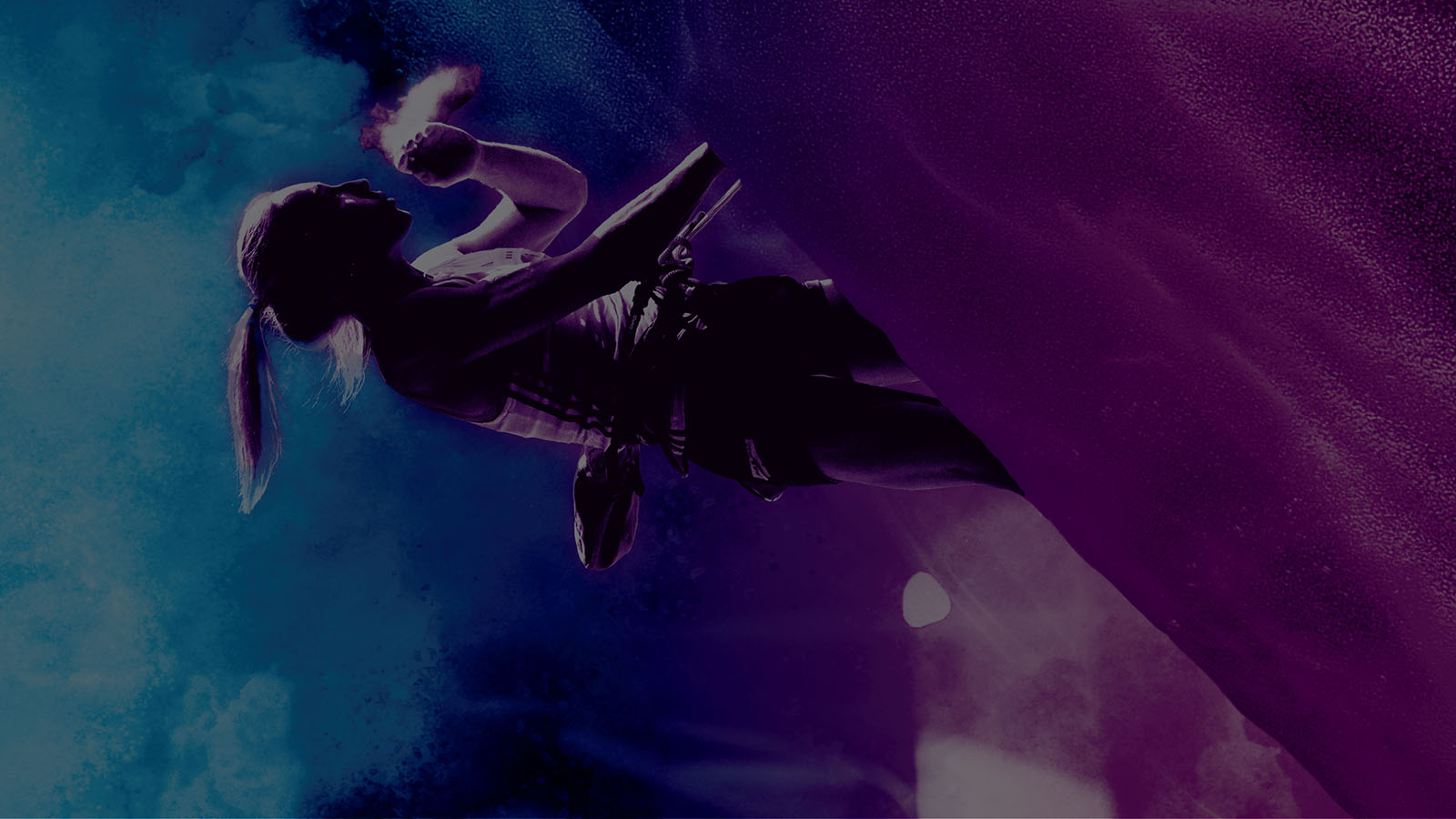Naš Štef uspel na Nanga Parbatu
Kjer ni uspelo "Gozdnemu Joži" je uspelo našemu Štefu...
Steve House je skupaj s soplezalcem Vincem Andersonom preplezal v šestih dneh v čistem alpskem slogu slovito Rupalsko steno Nanga Parbata. Po dvodnevem sestopu sta že oba v baznem taboru. BRAVO!!!
To pa še ni vse... Štef prihaja konec meseca v Maribor!!!
NEWS FLASH 9/8/05
Steve and Vince climbed the new route on Nanga Parbat‘s Rupal face! Six days up and two days to descend, pure alpine style. Very difficult to recover during the effort and the summit day lasted 24 hours. The pair is in base camp recovering before starting the long trip back to civilization. Bravo.
Vir: Grivel North America
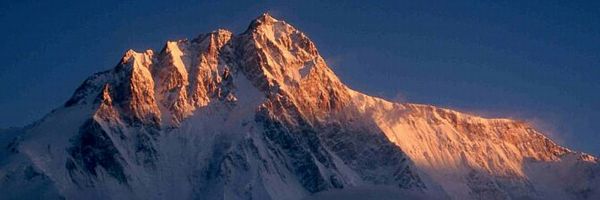
Rupalska stena Nanga Parbata, najvišja stena na našem planetu je preplezana!
Še Štefov dnevnik v angleščini:
Aug. 31.
4am. We left basecamp to start the route. The weather forecast is good for 7 days. At about 6:30a we arrived at the Bazhin glacier (the start of the face). Numerous snow avalanches were releasing on the face after receiving sun for the first time in many weeks. After watching for a bit, we decided to allow the face to clean itself for a day. We returned to bc and the weather was hot, dry, and clear all day.
Sept. 1
4:00am. We again left basecamp, this time for real. Around six we picked up our gear we cached at the glacier and started up the lower slopes of the face. It was much quieter now, it seemed that most of the snow avalanches had run the previous day.
The warmth came on quickly as another hot and dry day was upon us. We worked through some crevasses at the bottom of the face while trying to avoid exposure from the large ice avalanched from the seracs above (the guillotouine). After one hour on the glacier we were on a prominent rocky rib that provides safety. We followed the rib for several hundred meters before being forced out left and back into a large couloir. Now avalanches were running frequently down the couloir, but were restricted in their course by a deep channel in the snow. We were able to stay to the side of the channel for a few hundred meters more, then were forced to cross it between sluffs. It only took a few moments to cross, but it proved to be exciting none the less as avalanches came rushing down the flume with increasing frequency as the day progressed.
Now we continued cramponing up 40 degree snow for several hundred meters more until we had to re-cross the channels (now there were two of them). We did so quickly, and again were back on the rocky buttress. At the top of the buttress we were at about 5,100 meters and even with the bottom of the next rocky step, which is the crux of the route.
We traverssed a snow slope to the base of the slope and found a good bivy in the bergschrund there. This is the same bivy site Bruce and Steve used in 2004.
It was hot and there was plenty of meltwater running so we could fill up without melting snow on the stove.
September 2.
We left the bivy at 3:00am in the dark to avoid exposure to rockfall. There was icy in the section immediately above the schrund which required us to belay several hundred feet where Steve and Bruce had soloed in 2004. By the time we arrived at the crux, it was in full sunlight and rocks were beginning to fall. The pitch consisted of a snow-filled steep corner and the rock was covered with a new glazing of ice. The ice was not thick enough, or solid enough, for screws and often picks would shear through it. The snow covered the underlying rock which made it difficult to drytool and find protection. Protection was very inadequate on this pitch and the climbing was tedious. After spending much time climbing and protecting it to half-height Vince needed a break and lowered off a good piece to let Steve finish the pitch.
Steve opted to lead without a pack (and haul). This made things a bit easier for him, but still the protection was scarce and the climbing serious. He drytooled a section of loose and slopey rock (5.9). This pitch took us several hours to complete and all the while volleys of stones and ice would periodically rain down upon the belay.
After the crux there were several more mostly easy pitches to the top of the rock buttress. We simul-climbed much of this section. It was now 1:00pm and we had been out for 10 hours. We elected to bivy here, as it was safe, despite having gained only 300 meters from the last bivy. This is also the same place Steve and Bruce bivied in 2004 on their second night. Again we reaped the benefit of the warm weather and filled our pot with meltwater.
September 3. The eighteen hour day.
At five am we left camp. We ascended a short snow ramp above camp and traversed across an avalanche runnel which ran big several times during the previous night due to serac-avalanches. From here we continued climbing 45 degree snow below another rock buttress and traversed another avalanche runnel. At this point we diverged from the 2004 route. We decided to do that because the 2004 route seemed dangerous due to high snow levels in 2005 and direct pillar is a more aesthetic and difficult line. The excitement of trying a new line that had some serious question-marks about it won out.
Several hundred more meters of steep snow brought us to the base of a rock buttress and safety from avalanches.
A few moderate mixed pitches got us onto ice runnels above. We did many 150 meter simul-pitches just left of the ridgecrest and eventually the day ended. We continued climbing into the night, now pitch by pitch. We encountered one difficult mixed pitch of snow and steep loose rock. Steve led this pitch and puked at the belay afterwards.
From here we could traverse right onto the hanging glacier which is one of the keys to this route. We found a wild, but safe, bivy under a serac. It was 11:00pm and we were both very tired from the effort. We were at approximently 6,200 meters.
September 4 Key Passage
After sleeping in, we left camp around 10:30 am. We ascended easy snow slopes above the bivy which eventually yielded to 45 deg. snow and ice. The rock headwall above was steep and we needed to find an easy passage through it. A little ways up, we found a nice WI 3 ramp leading through to the left. This was a key section that looked possibly "impassable" from photos, so it was a relief to find this section of water ice. As we climbed this, the day came to an end and we began looking for a place to bivy. Steve led up snow and ice to the ridge on our left in hopes of finding a good snow to make a tent platform. As he mounted his steed, a large piece of it fell out beneath him. A single tool placement in snow saved him from a huge whipper and large chunks of snow hammered vince. A bit further on, we found a spot on the ridge that could be leveled to the width of the tent, barely. The ledge was tiny and precarious, so we stayed tied in for the night should the snow underneath cut loose. We were at approx. 7,000 m.
Sept. 5
Again a 10:30 start due to the length of the previous days effort. We rapped from our perch back to the snow slopes below. From here, we began heading up easy ice to the upper snow slopes of the ramp system we were on. The altitude affect was obvious here and we were moving slow. We plodded away up these slopes and gained the crest of the ridge just below a short mixed passage leading to the upper snow slopes very near to where Steve and Bruce had turned back the previous year. We were also right above the Merkel Icefield. We made our high camp here at 7,400 meters.
Sept. 6 Summit Day.
At 3:30 am we set off for our summit attempt with one light pack between the two of us with 3 liters of water, 2 liters of spiz, several packs of GU each and 50 m. of 5mm cord.
AFter two pitches of mixed climbing, we began plodding up deep, steep, unconsolidated, facetted snow. This process was extremely slow, difficult, and discouraging. AFter 100 meters of this, the snow surface had strengthened enough to allow us to travel on top.
We continued up modetately steep snow and ice until we were able to gain a rocky ridge crest to our left. It was slow moving up the easy mixed terrain on the ridge. The weather was superb, it was even slightly hot.
By mid day, we joined the upper Messner route at around 7,900 m. WE could see faint hints of the Korean climbers´ tracks from July. This eventually brought us to easy snow and by 4:00 pm we arrived at the foresummit (foreskin?). There, at 8,000 m. STeve took off his his boots to dry off his socks in the sun and Vince took a 5 min. nap.
At 5:45 pm we arrived at the summit. WE savored a few minutes together, took in the marvelous views in all directions, shot some photographs and at 6:00 pm descended from the summit. WE made it down the easy summit snow fields before darkness caught us. WE continued descending our route of ascent, rappelling many sections with our 50 m. of rope until we reached the top of the two mixed pitches above camp where we had another rope. Two rappels from here and a short walk had us both back to camp at 3:00 am, 24 hours after starting. WE made some water and promptly went to sleep.
Sept. 7
After a light night´s sleep, we left camp around 8:00 am. WE began by doing 6 steep rappels down to the merkyl icefield to join the 1970 Messner route. Upon reaching the Merkyl, we found a tent abandoned by the Koreans.
We continued downclimbing the Merkyl and eventually began rappelling. WE reached the approx. height of camp 2 (ca. 6,000 m.) by nightfall and continued descending. By 11:00 pm, we reached what we thought to be the site of camp 1 (ca 5,500 m.) and bivied under a serac. Steve´s headlamp batteries were failing and Vince inadvertently dropped his lamp forcing us to sleep here.
We could see many large bonfires awaiting us below and hear the local villagers drumming in celebration.
Sept. 8
After a coughing fit filled night, we woke around 7:00 am and continued our slow descent to base camp. Exhausted from 8 days on the go and precious little sleep, we arrived in camp around 2:00 in the afternoon to the great excitement of our LO and other locals.
Afterwards:
We have been overwhelmed by the local response to our asent. All the way out to the roadhead locals stopped us and congratulated us. In Tarshing (the roadhead), about 200 schoolchildren turned out to greet us with bouquets of flowers, posters commemorating our climb, and flower lays. The town had a ceremony and the mayor and school headmasters all made speeches. Wild!
It turns out the whole valley was watching our progress by seeing our headlamps each night. And the summit day was so clear, many people watched us summit through binoculars.
Summary:
Nanga Parbat. The Central Pillar of the Rupal Face. Sept 1-8, 2005. Anderson/House. (4,000m, 5.9, WI4)

